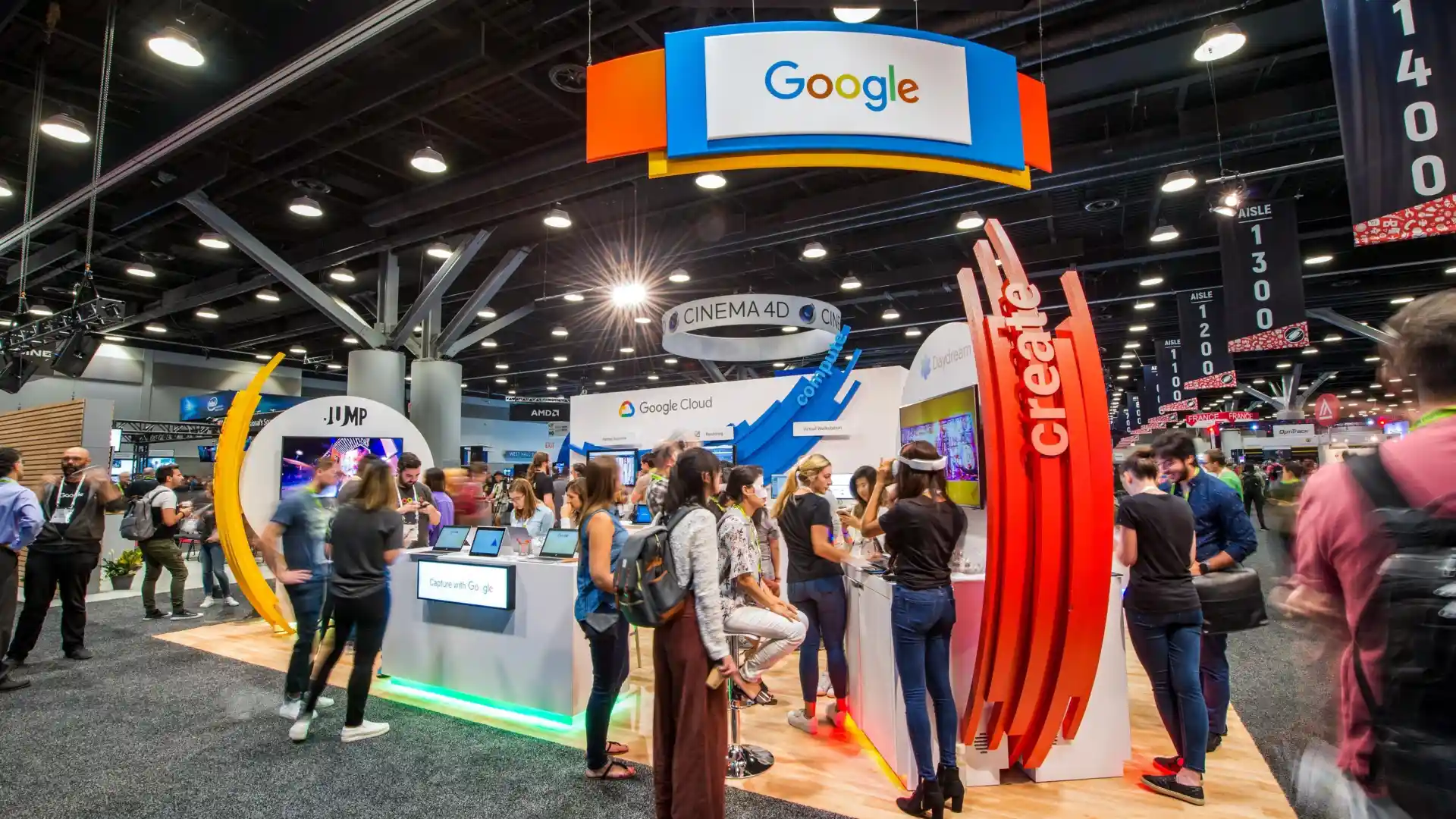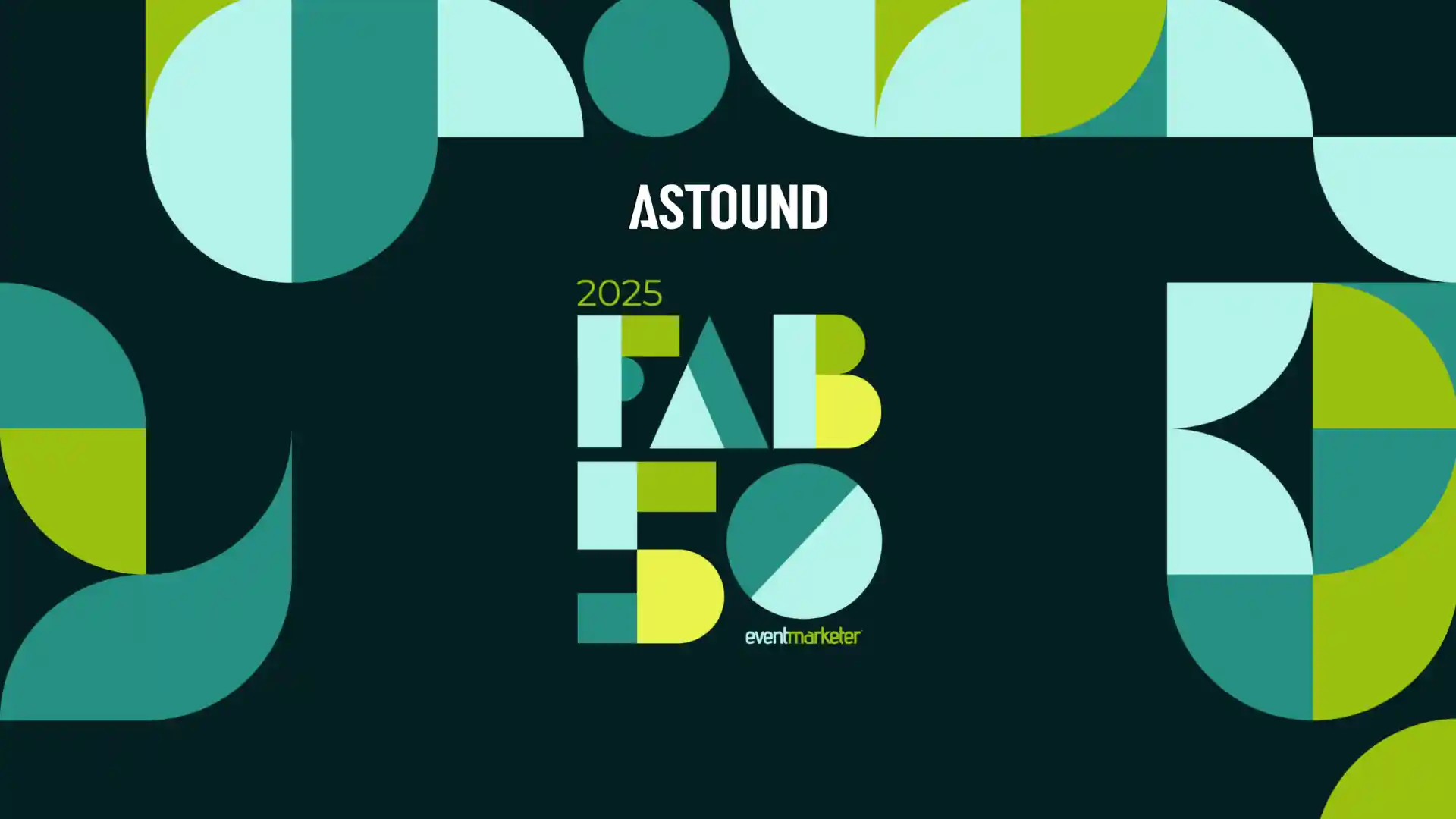The Future of Event Marketing: Four Considerations from our Digital Expert

Discussions continue in the tradeshow and event industries on how to best adapt to the physical distancing challenges brought on by COVID-19. Many propose short-term solutions, hoping the industry will return to a more conventional way of working. Practical safety measures can and should be adopted to ensure the safety and comfort of your staff and attendees. Among these are common-sense measures such as keeping spaces and surfaces clean, promoting physical distancing as much as possible, and other protective measures. The challenge, however, is how we imagine new spaces and new experiences that feel less as a reaction to a crisis and more as a re-envisioning on how we do business. The exhibition and public space industry deals with limitations all the time—whether it is budgetary, time, or physical space constraints—the “new normal” is simply another one to consider.
1. LIMITATIONS CAN FOSTER UNLIMITED CREATIVITY
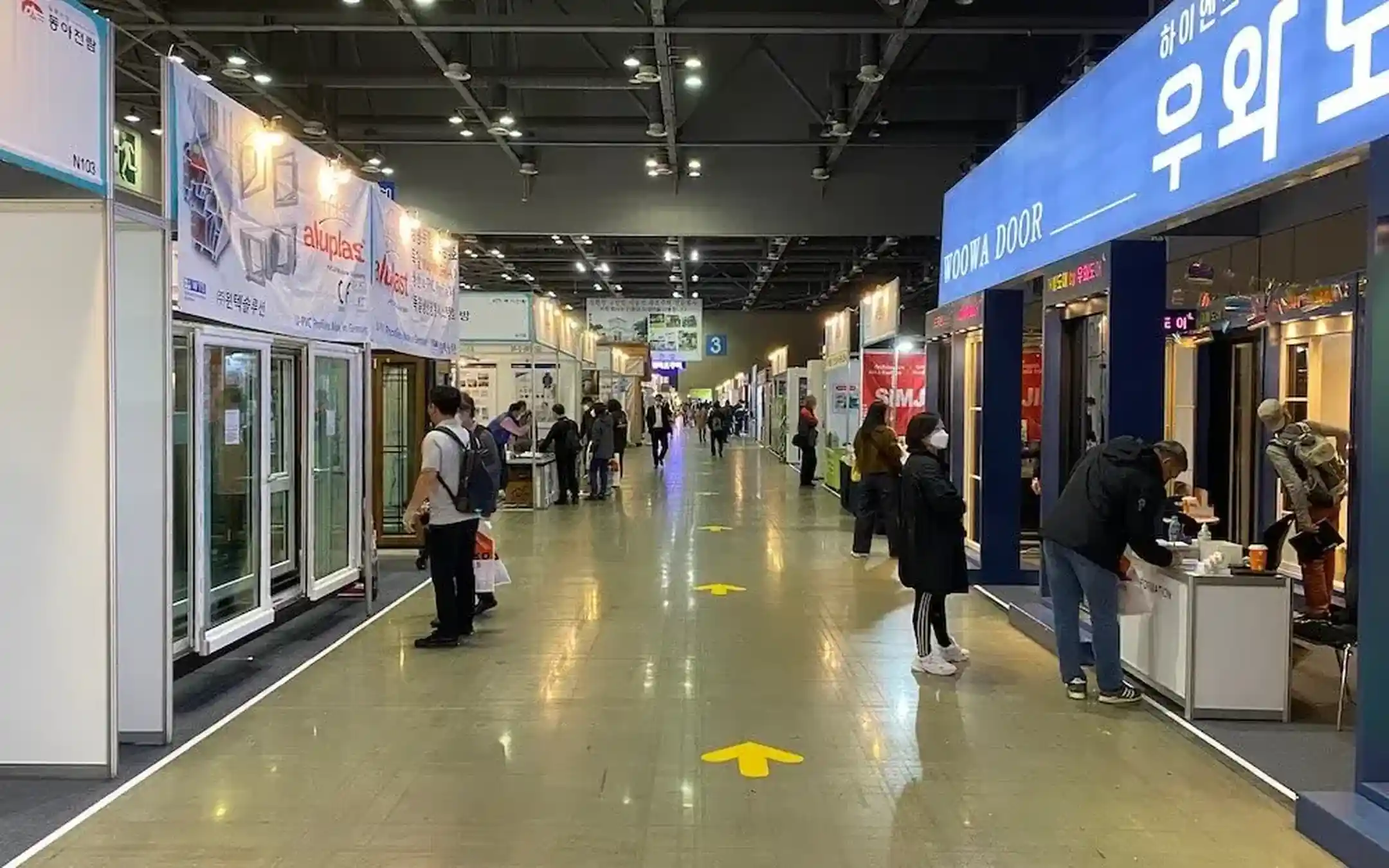
A few years back, I was fortunate to chat with a programmer that worked on ATARI 2600 cartridges back in the 1980s. Without getting into all the technical details, I was particularly struck by the fact that all the great games from that era were programmed to use less than 128 bytes of RAM and 4KB of ROM. To give some perspective, the title of this article you are reading is more than 128 bytes when using UTF-8 encoding. I bring this up because a vast amount of creativity was realized under very restricting circumstances. Ask any designer if they feel more creative with technical restrictions or no restrictions at all—most will say they are more creative with some restrictions in place. This can help focus their attention. Along these lines, artist Phil Hansen said at a TED Talk that “Embracing limitation could actually drive creativity,” and I wholeheartedly agree.
So, we now have limitations on how our attendees and visitors can interact with our brands and our spaces, but that does not mean we need to be limited in what we can accomplish. Three key concepts you should consider when developing your live events going forward:
- Make sure your strategy is not determined by your tactics.
- Find ways to have personal connections.
- Embrace the digital hybrid event.
2. MAKE SURE YOUR STRATEGY IS NOT DETERMINED BY YOUR TACTICS
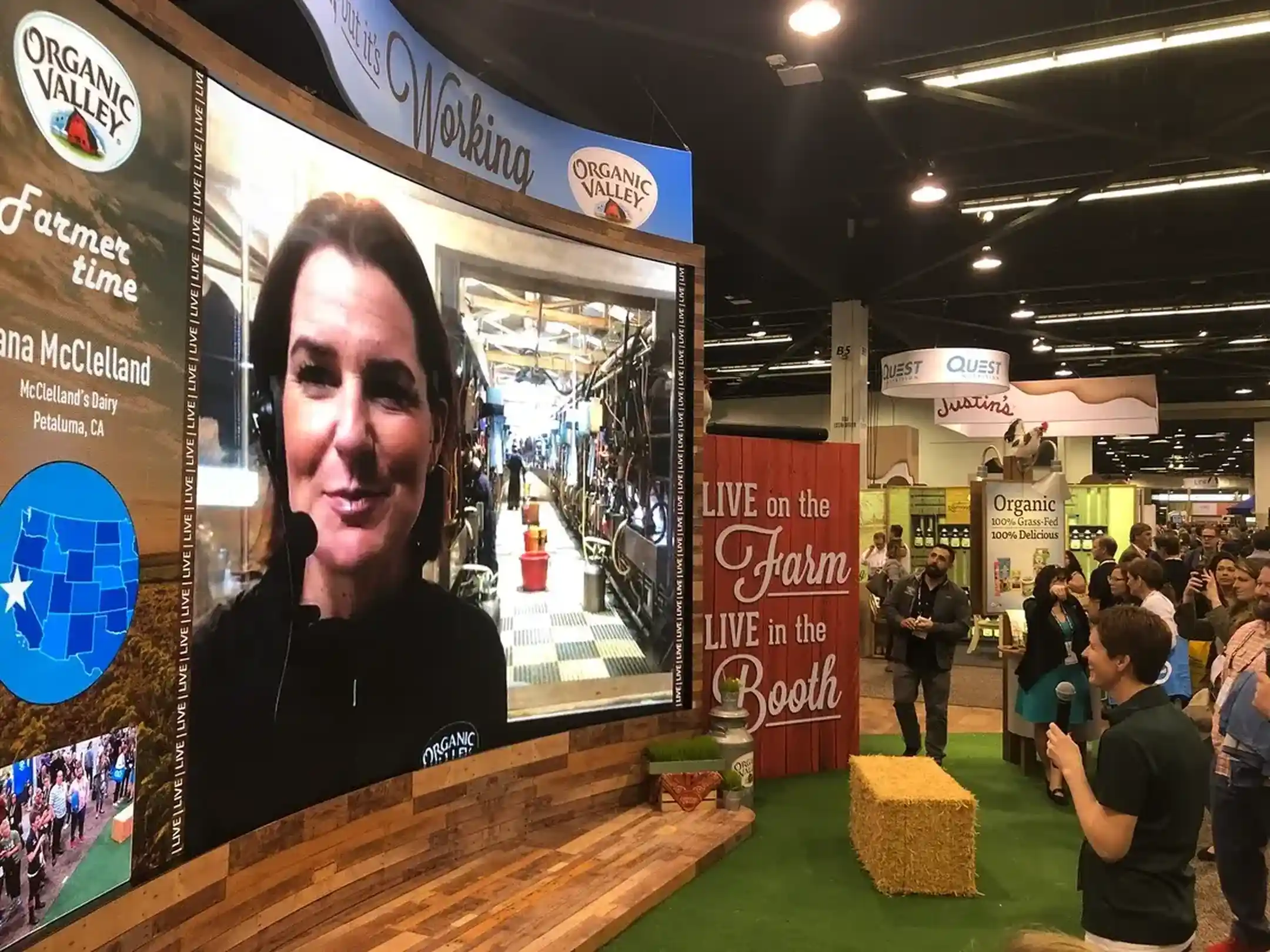
Being strategy-first should always be the default, regardless of the current situation. However, as many organizations are hyper-focused on their COVID-19 response, they may lose sight of their mission. If you plan on including components such as hand sanitizing stations into your space, try to find ways to integrate their proper protocol and guidelines right into your messaging. If you plan to feature interactive screens, consider utilizing motion-tracking cameras and gesture controls, or even give away branded touchscreen styluses—but always make sure your communication goals take precedence over the technologies you may employ. When informing attendees pre-show about your event, ensure that they know not only that every precaution for their safety has been taken, but also that they know “why” they should be there.
3. FIND WAYS TO HAVE PERSONAL CONNECTIONS
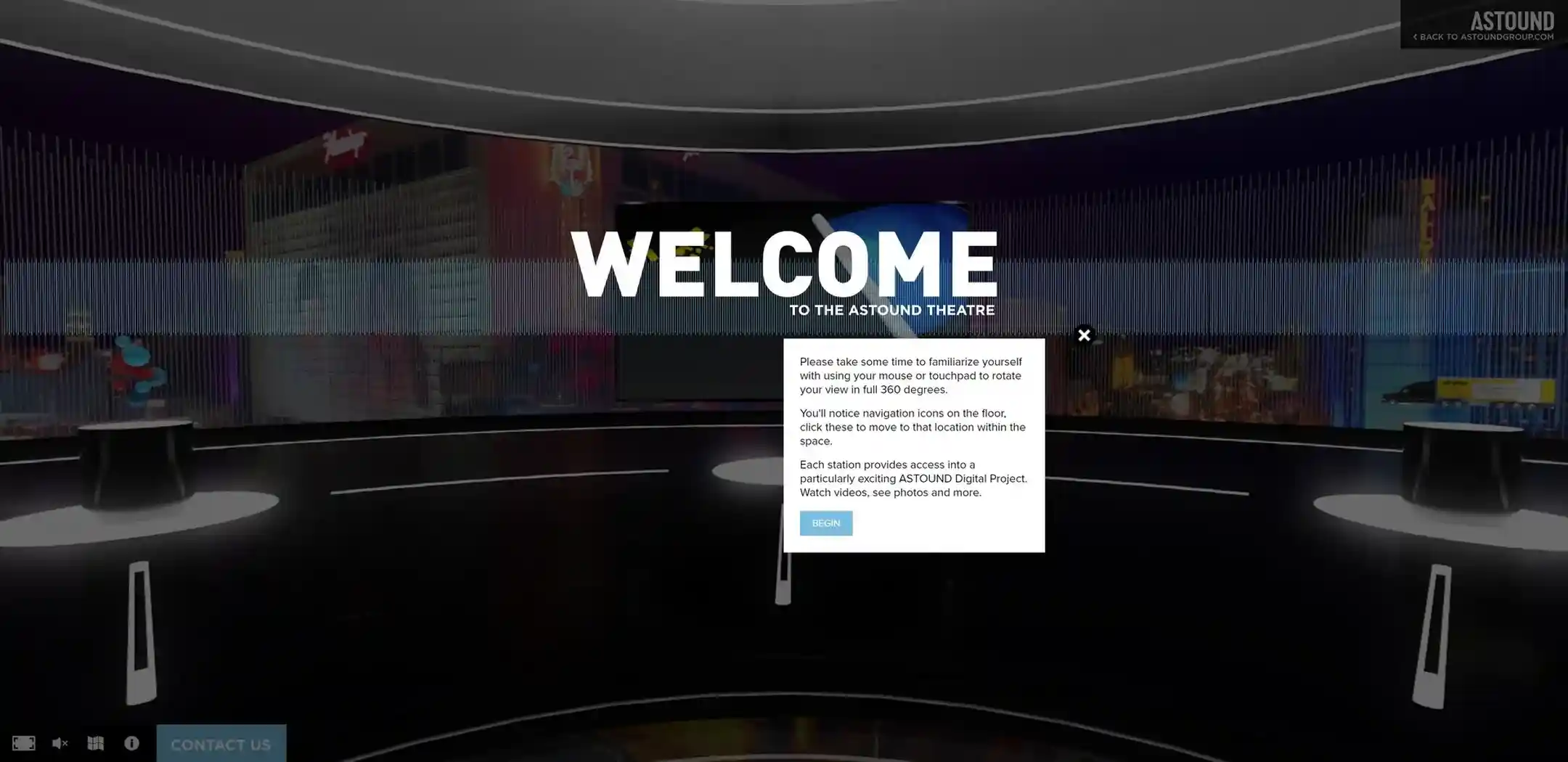
The overarching purpose of trade shows, expos, and conventions is to connect people, brands, and industries. Find ways to continue creating those emotional connections, but be mindful of physical distancing and varying comfort levels that come along with face-to-face interactions moving forward. One way is to have live video streamed to the booth. For Organic Valley at NPEW, ASTOUND was able to bring farmers from all around the country together virtually for live discussions by providing necessary training and technology enabling live streaming directly to the show floor. This solution opened a dialogue with experts that many attendees may never get to meet or interact with.
4. EMBRACE THE DIGITAL HYBRID EVENT
Undoubtedly, we will witness temporary shifts with overall in-person attendance—but that does not mean interest in your brand is any less. Intelligent digital hybrid strategies can complement your event marketing experience here. It is important to avoid simply regurgitating your website as a digital solution because a digital hybrid event serves a different experience and purpose. It embraces the human component through exclusive access to key opinion leaders, subject matter experts as well as sales and marketing. A good digital hybrid event leverages activity that is happening live—virtual attendees should feel just as special and included as the person walking the show floor. A good digital experience will likely become a mainstay of event planning and execution, as it allows companies to efficiently distribute internal resources to a broader audience. When possible, try to have lighthearted and entertaining aspects to your in-person and digital experiences—keeping in mind that the attention span online can be much shorter than it is on a convention floor. Instead of a two-hour panel discussion on a specific topic, perhaps have several 20-minute discussions with live Q&A. For certain demographics, online games and contracted entertainers can provide a unique value to their experience.
Understanding the future of event marketing is simply another change that we, as an industry, will face. By facing it head-on, we will discover new and exciting ways to communicate, educate, and entertain. If you have any questions or wish to learn more about what the future has in store for live events, please feel free to reach out to ASTOUND via [email protected].
